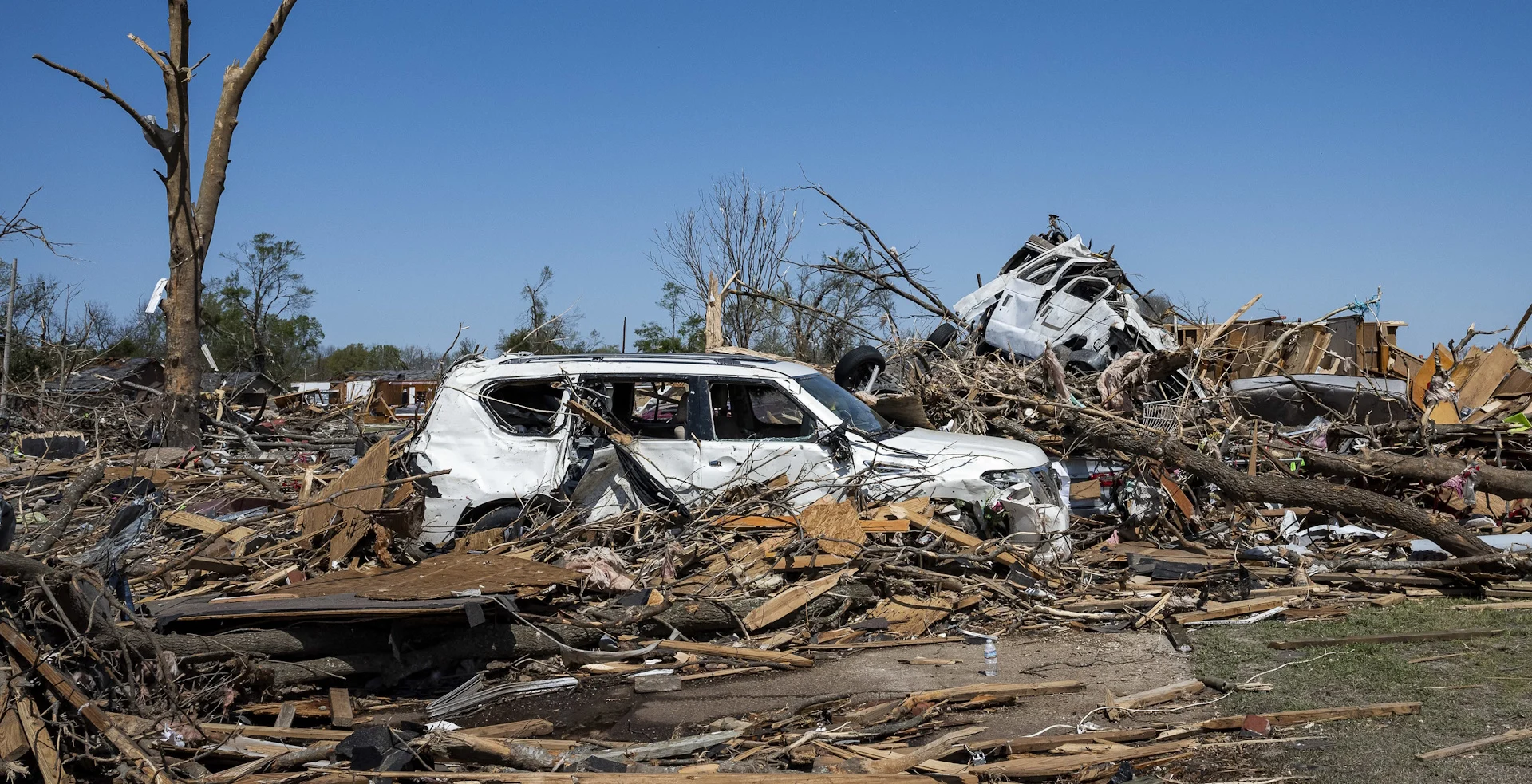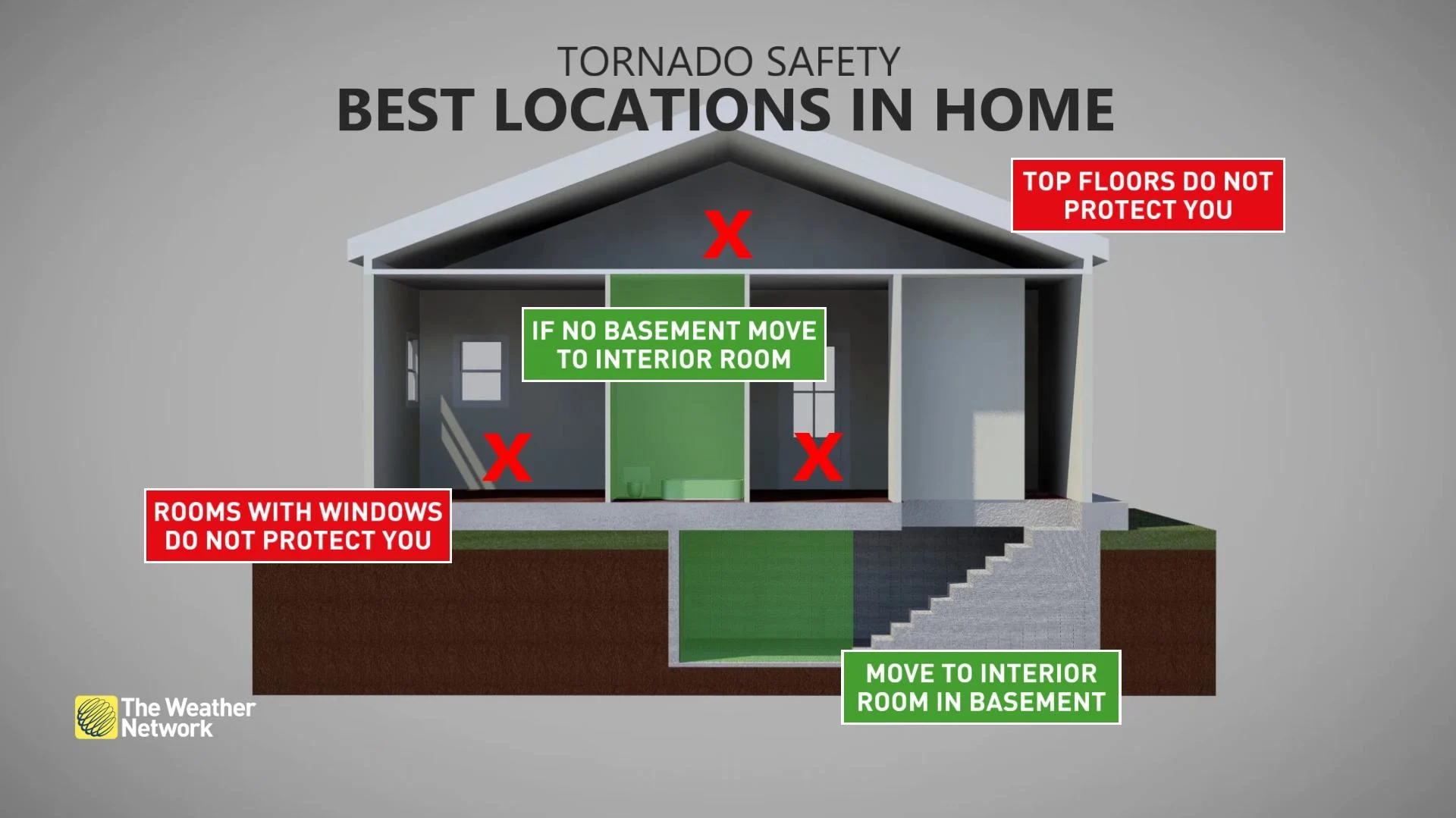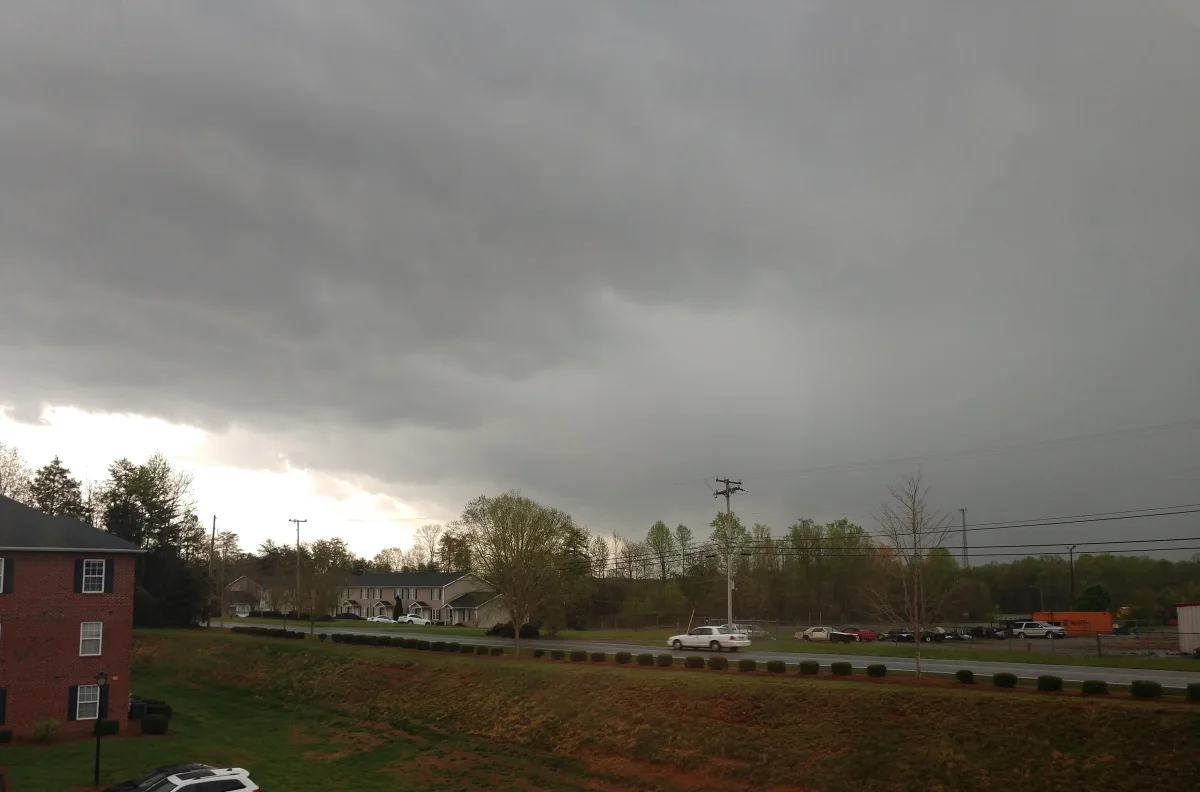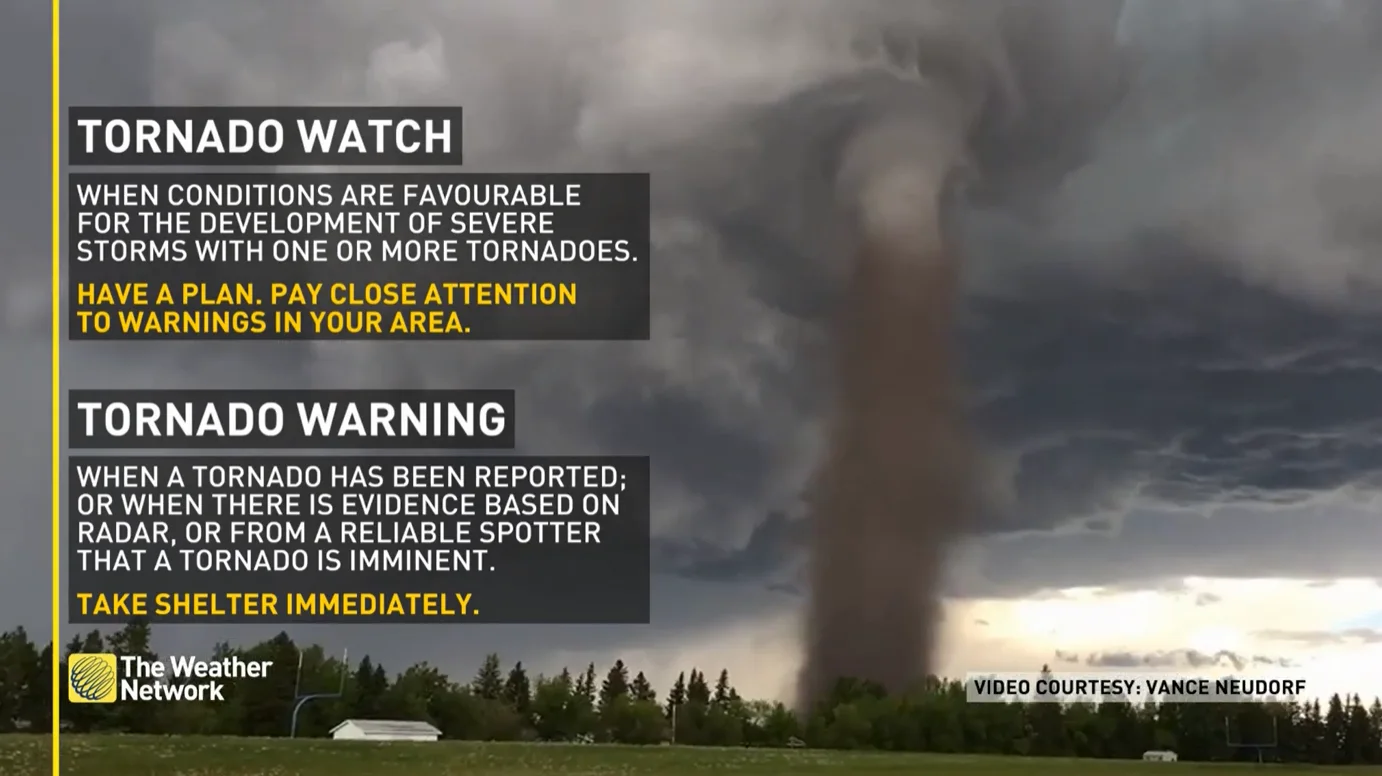
Stuck in your car during a tornado? Here’s what you should do
There aren’t many good places to find yourself during a tornado, but a car is one of the worst options
You’re cruising down the highway on a stormy afternoon when you hear the unmistakable screech of a tornado warning on your cell phone.
What do you do now?
It’s a scary scenario that’s sadly not uncommon as we dive into severe weather season across North America.
DON’T MISS: Don’t fall victim to these seven dangerous tornado myths
A car is near the top of the list of the worst places to try to ride out a tornado.
An average blustery day can noticeably push and pull on a vehicle with little effort, so it’s easy to imagine how the stronger winds of a tornado can send a vehicle and its occupants tumbling.
Even the weakest tornado packs winds blowing at highway speeds. Tornadic winds pull up toward the sky in addition to swirling around, giving easy leverage to lift a vehicle off the ground.
That’s just the wind itself—not to mention the countless pieces of debris moving at terrifying velocities that can pierce or crush the vehicle on impact.
It’s safe to say that any vehicle, small or large, should be a last resort to try to take shelter from a tornado.
Here’s what to do if you’re stuck in your car during a tornado warning—or worse, when there’s a tornado bearing down on your location.
WATCH: Small tornado flips cars in Maryland parking lot
Finding safe shelter is the first priority
If you’re in your car and you hear a tornado warning for your location, the best thing to do is immediately pull over and find safe shelter.
The ultimate goal of tornado safety is to put as many barriers as possible between you and flying debris. An underground basement or an interior room on the lowest level of a building is always the best bet, but it’s not always possible in a pinch.

A library, office, school, or small store will offer much more protection from a tornado’s winds and debris than any vehicle.
Sometimes anxiety or a feeling of awkwardness may prevent motorists from pulling over for safety, but folks are kind and accommodating in an emergency. It’s better to have sought safety for naught than to get caught exposed to the power of a twister.
Duck and cover if all else fails
Sometimes folks do occasionally end up in the wrong place at the wrong time, unable to avoid taking a direct hit from a tornado while in a vehicle.
If you ever find yourself in this scary situation, it’s safest to remain inside the vehicle.
Once you’re safely pulled over, make sure seatbelts are securely fastened and duck as low as possible. Everyone in the vehicle should cover themselves to protect from broken glass and other flying objects. Keep the engine running so the airbags can deploy if needed.
Taking shelter in a roadside ditch has been a hot topic of debate among meteorologists and safety experts over the years. On one hand, getting down in a ditch could provide some protection from lethal debris and winds at road level.
However, leaving a vehicle to shelter outside could directly expose you to powerful winds and debris, where even a small twig or splinter could inflict serious damage. Ditches can also fill up with debris and rainwater, burying those taking shelter.
Twelve people, including a family of seven, died in and around Oklahoma City during a severe weather outbreak on May 31, 2013 while taking shelter in drainage ditches during tornado warnings. All twelve individuals perished when they were overcome by flash floods.
Ultimately, it's a judgment call you'd have to make if you ever find yourself in this harrowing position.
Most tornadoes are impossible to see until it’s too late
Tornadoes aren’t always the picturesque cone scraping along the landscape that we see in storm chasing videos. Those storms form in the relatively low-humidity environments common of the Plains states and Prairie provinces, which typically allows for an unobstructed view of the tornado from a great distance.
Back east, though, it’s a different story. Warm days are usually packed with humidity across eastern portions of Canada and the United States. Storms that bubble up here often produce drenching rains that can easily obscure a tornado.

This photo from April 2018 shows an EF2 tornado causing significant damage—but you can’t see it, because the twister is hidden in the drenching rain behind those trees. (Dennis Mersereau)
Rain-wrapped tornadoes are much more common in eastern North America than a classically visible tornado, which means that trying to spot a tornado before it hits is a pretty useless endeavour. More often than not, the tornado is impossible to see until it’s too late.
It’s never worth trying to spot the tornado before heading for safety. Tornado warnings are issued when meteorologists spot strong rotation on radar, or when someone already spotted a tornado on the ground. It’s best to trust the warning and seek safety, even if everything turns out fine once the skies clear out.
Bridges are never a safe place to seek shelter
Seeking shelter under a bridge is one of the worst things anyone can do during a tornado. The notion became popular after the early-1990s version of a viral video showed folks riding out a tornado beneath a highway underpass near Andover, Kansas. The folks in that video lived to tell the tale because that tornado actually missed the bridge.
Bridges offer no protection from a tornado’s winds or debris. Tornadic winds actually speed up when they press under a bridge—it’s the same effect as putting your thumb on a garden hose to spray the water faster. Debris can also pile up in the empty spaces beneath a bridge, potentially making it more difficult for rescue crews to find victims.
It’s also dangerous to other motorists who haven’t gotten out of their vehicles. The rush to seek shelter beneath a bridge during tornadoes (or even hailstorms) can cause life-threatening traffic jams, stranding other drivers and putting them in harm’s way.
Staying proactive is always the best safety tool
The best way to stay safe is to stay proactive.

Monitor local forecasts and stick close to safe shelter when dangerous storms are possible. Ensure that wireless emergency alerts are enabled on your smartphone to notify you of a tornado warning the moment one is issued for your location.
Remember that a tornado watch means conditions are favourable for the development of tornadoes, and a tornado warning means that a tornado is imminent or occurring.
Thumbnail image courtesy of the U.S. Department of Homeland Security via Flickr.











